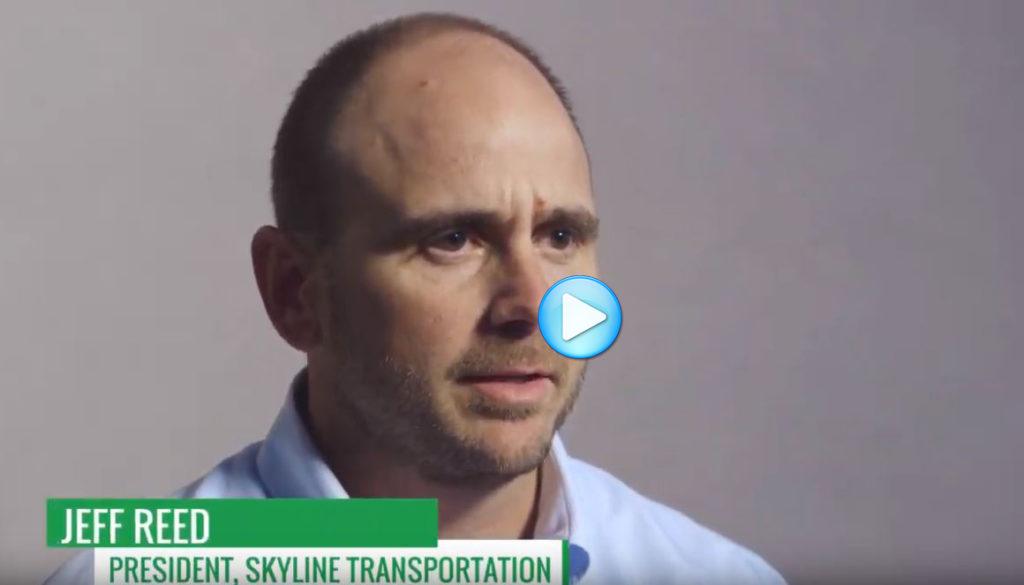
Looking to Reduce Skyrocketing Insurance Premiums?
Our last blog post focused on extending video safety beyond exonerations – protecting cargo from damage, preventing freight and vehicle theft, and improving driver satisfaction and retention. But, one of the biggest impacts that a video safety program can provide fleets is a reduction in insurance premiums.
As Jeff Reed, President of Skyline Transportation acknowledges, “Since implementing a video-based safety program, we have seen tremendous improvement in our drivers and their driving habits. As a result, our insurance costs have been dramatically reduced. In fact, we’ve seen a 70% reduction in our insurance cost, and that’s been a real benefit for our company and our drivers.”
With the cost of litigation continuing to increase, the use of a video-based safety program can assist in an insurer’s ability to defend liability claims. Video can support a driver’s version of what occurred, exonerate the driver when not at fault and reduce the likelihood of the driver losing their CDL. Even when the driver is shown to be at fault, video can help an adjuster more quickly assess the facts and act promptly to resolve any claims. Leslie Leazer, Vice President of Corporate Claims and Litigation at Knight-Swift Transportation agrees. “Our company loves when we can provide video as it reduces the amount of time (and money) required to understand the situation and get to the truth.”
Another area where video can impact a fleet’s insurance carrier is subrogation. For Averitt Express, video has enabled the company to prevent lawsuits and increase subrogation collections by 15% since deployment. When another truck backs into your fleet’s vehicle and leaves, video from your truck can show the offending company’s name, vehicle license plate number, company DOT number, etc. With this information, you can move immediately to resolution by providing the video to the other company and avoid an insurance claim. Finding this to be true is Ken Humphries, Vice President of Safety and Employee Relations at Schilli Corporation, “When drivers are involved in an incident that’s not their fault, we’re not wasting time or money fighting claims, because we can prove exactly what happened with the video. We’ve found these exonerations are paying for the system.”
Video is also helpful against claims of negligence. By using video and a comprehensive coaching program to correct driver performance – and measuring the results – you’re showing your commitment to safety and your commitment to making a difference. For instance, when Jeff Reed looked at his total insurance cost, he immediately realized that approximately 85% of his total insurance cost was related to rear-end collisions or sideswipes. “Those were really a direct result of following too close or distracted driving. That’s really what we set out to focus on when we implemented SmartDrive and that’s where the results have been. I think in 2017, we took that from 85% of our accident cost down to below 14%.”
With the majority of collisions caused by people, it’s important that you demonstrate that you know what your drivers are doing on the road – that you monitor it, manage it and proactively work to improve it with a programmatic video-based driver risk management solution. By providing this additional information concerning an incident, claims can be handled quickly, consistently and efficiently – impacting your bottom line.
- Posted by Melissa.Senoff@smartdrive.net
- On 7 March 2019
